Harry Gamboa Jr. The ASCO Years
In 1972, I co-founded Asco (Spanish for nausea), an East Los Angeles-based artist collective that included core members: Willie Herrón, Gronk, Patssi Valdez, and oftentimes, Humberto Sandoval. Asco emerged from the intense politics of the 1960’s Chicano Movement but also from the hybridity of 20th Century angst/determination that would propel all American youth to question cultural norms, the Vietnam War, and modern to post-modern media influences.
The Asco artists grew up in 1950s-1970s Los Angeles under a shroud of fallout-laden smog that tinted the urbanscape so that mass-media negative stereotypes would stand out in flagrant false relief against the reality of thriving cultures, which were moving quickly towards a vibrant amalgam of languages, customs, and visions. Decoy Gang War Victim employed various cinematic techniques to create an image that would reverberate and crossover into mainstream media consciousness by being presented on local television as having been the actual documentation of the last gang member to be killed in an absurd fait accompli that would contradict the propaganda campaign of major newspapers, which were promoting gang warfare. First Supper (After A Major Riot) was staged and photographed in the exact location where a major police riot had taken place and peaceful protesters who were mourning the assassination of acclaimed English/Spanish language journalist Ruben Salazar were brutally attacked. The site had been under strict condemnation by the authorities, but Asco declared it to be a place of celebration and a feast for the eyes.
The use of our 1970s youthful bodies to create art was in absolute opposition to what was expected of us by a society that often employed harsh methods of oppression, poor educational systems, synchronized narratives that often-portrayed Chicana/o youth in a dismal light despite the long history of active engagement in generating scholarship, impressive creative works, and with full-fledged heroic defense of the United States during time of war and other historical situations. To become self-defined and visually assertive in photographic form depicted a new version that would require complex interpretations. X’s Party and Instant Mural consists of private/public encounters that push the boundaries of persistence and erasure. The absurdity of self-denial is made manifest in A La Mode.
Asco engaged in numerous actions and produced many works during its existence (1972-1985) while being excluded from exhibitions and discourse of official contemporary art canon. In 2011, Los Angeles County Museum of Art presented Asco: Elite of the Obscure, a major retrospective, that served to introduce Asco to an eclectic national and international audience.
Harry Gamboa Jr. – The Asco Years is presented here for a 21st Century viewership that has so much to consider and to reflect upon while taking a closer look at what was and what is currently taking place in our world.
— Harry Gamboa Jr., Los Angeles, September 2, 2017
-
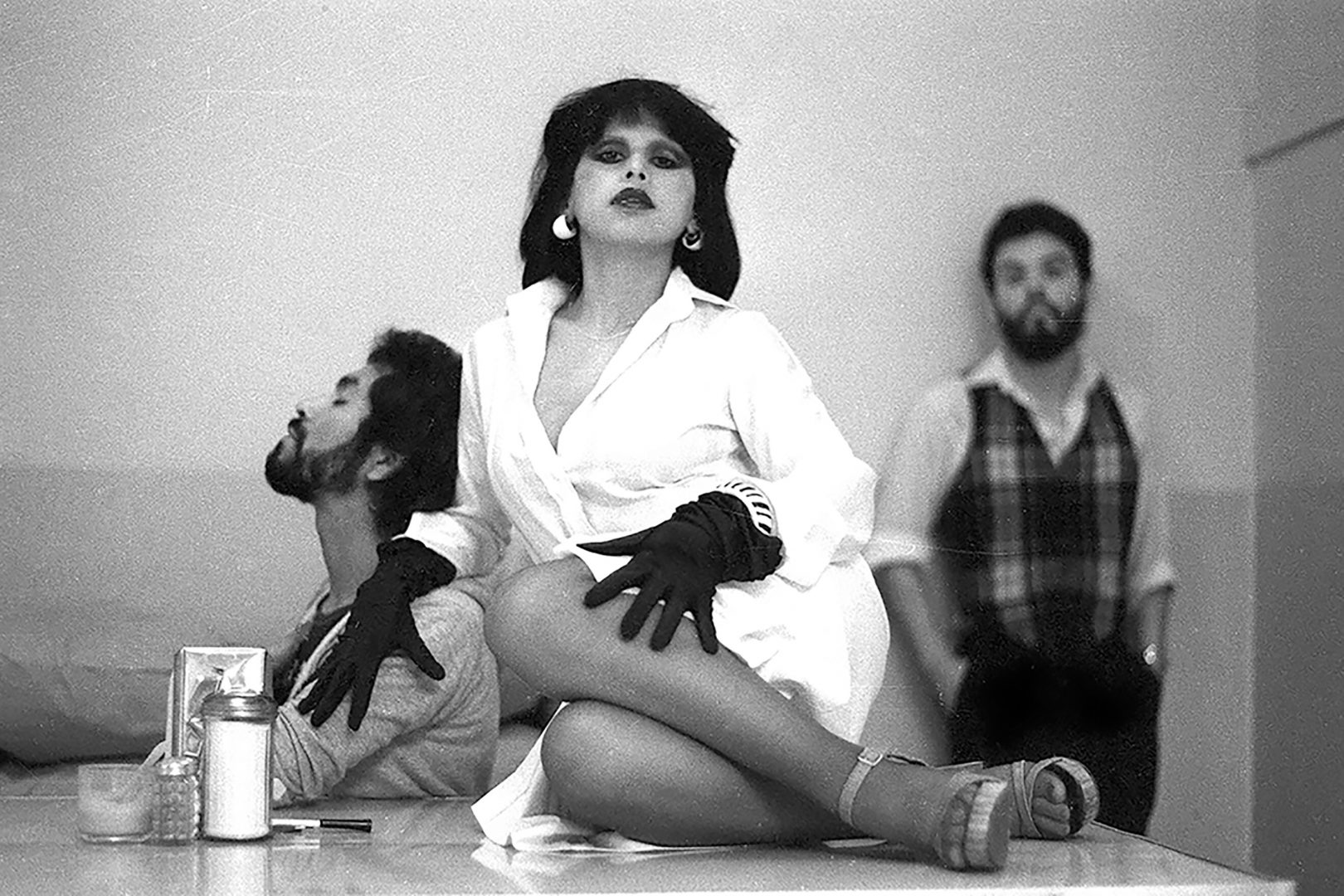
A La Mode, 1976, printed 2012, gelatin silver print, edition of 10, 16 x 20 in.
-
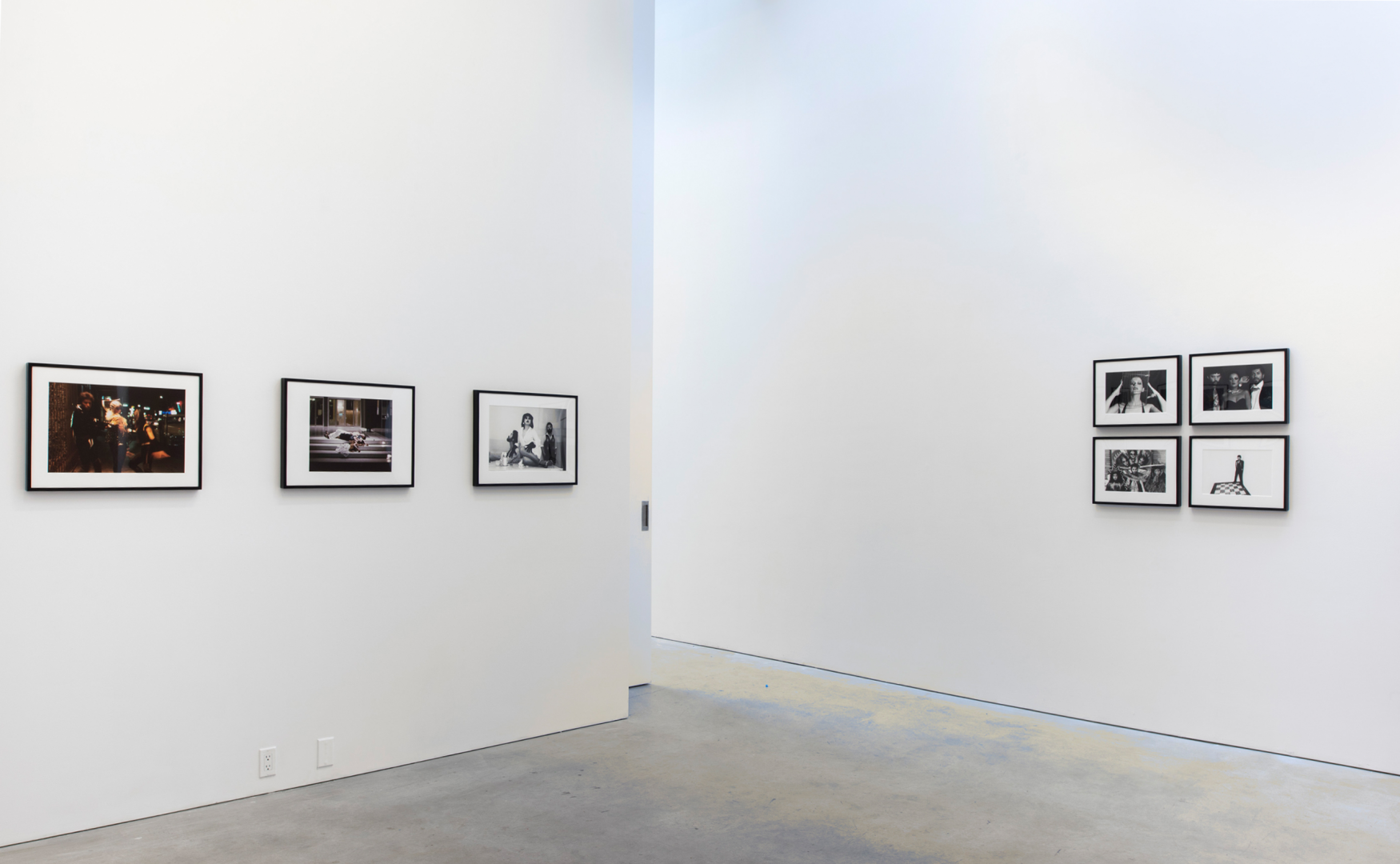
Installation View.
-
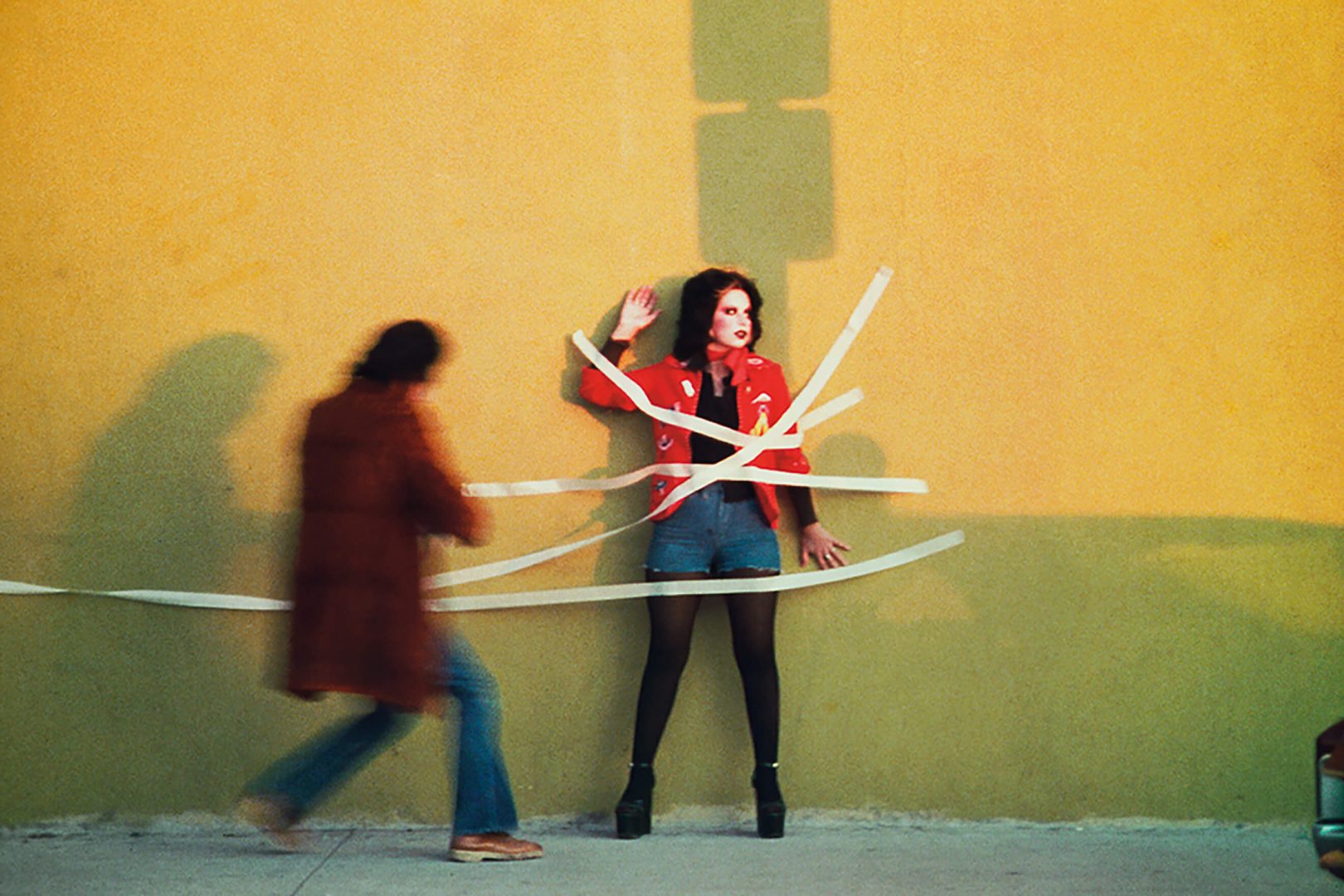
Instant Mural, 1974, printed 2012, chromogenic print, edition of 10, 16 x 20 in.
-
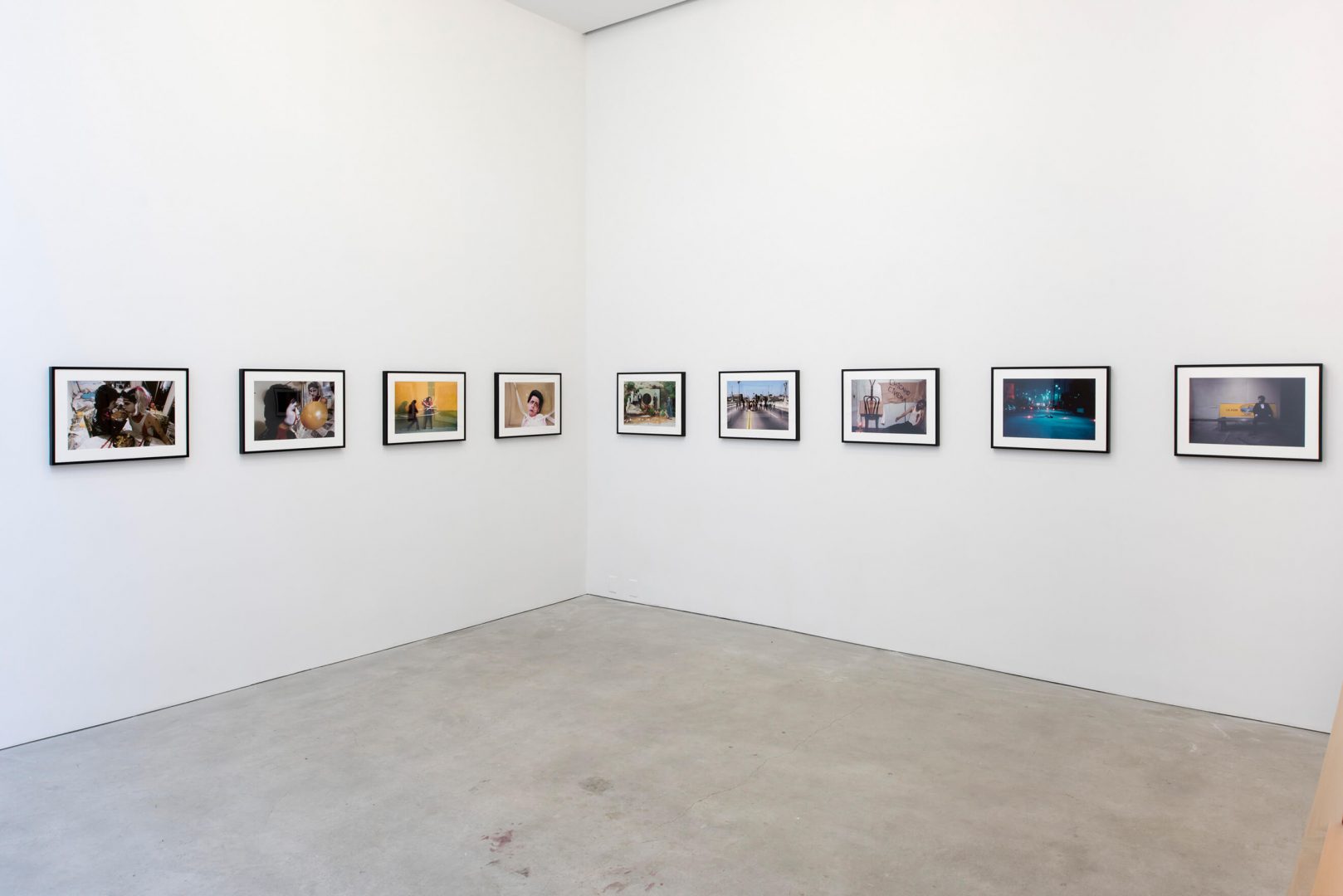
Installation View.
-
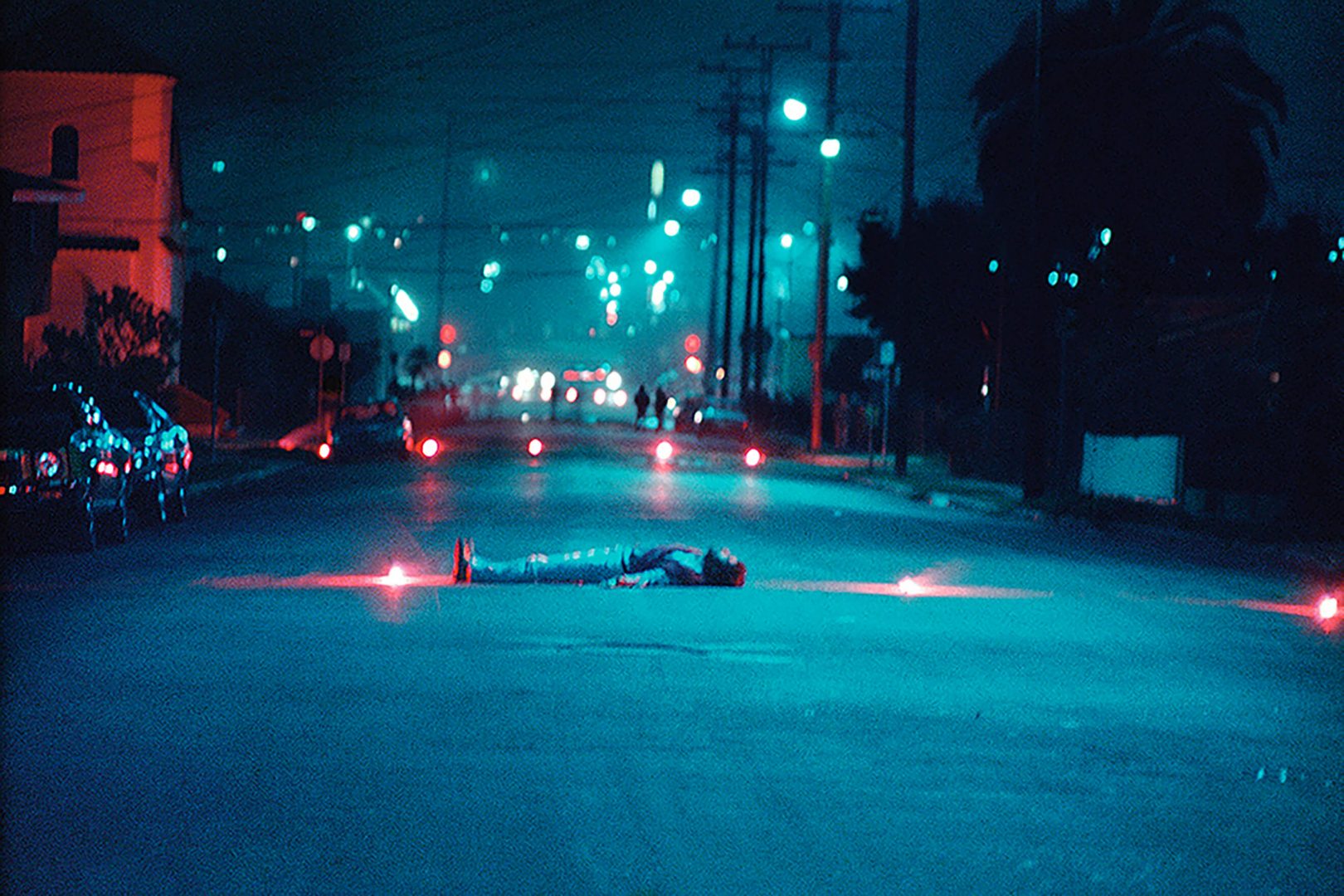
Decoy Gang War Victim, 1974, printed 2012, chromogenic print, edition of 10, 16 x 20 in.
-
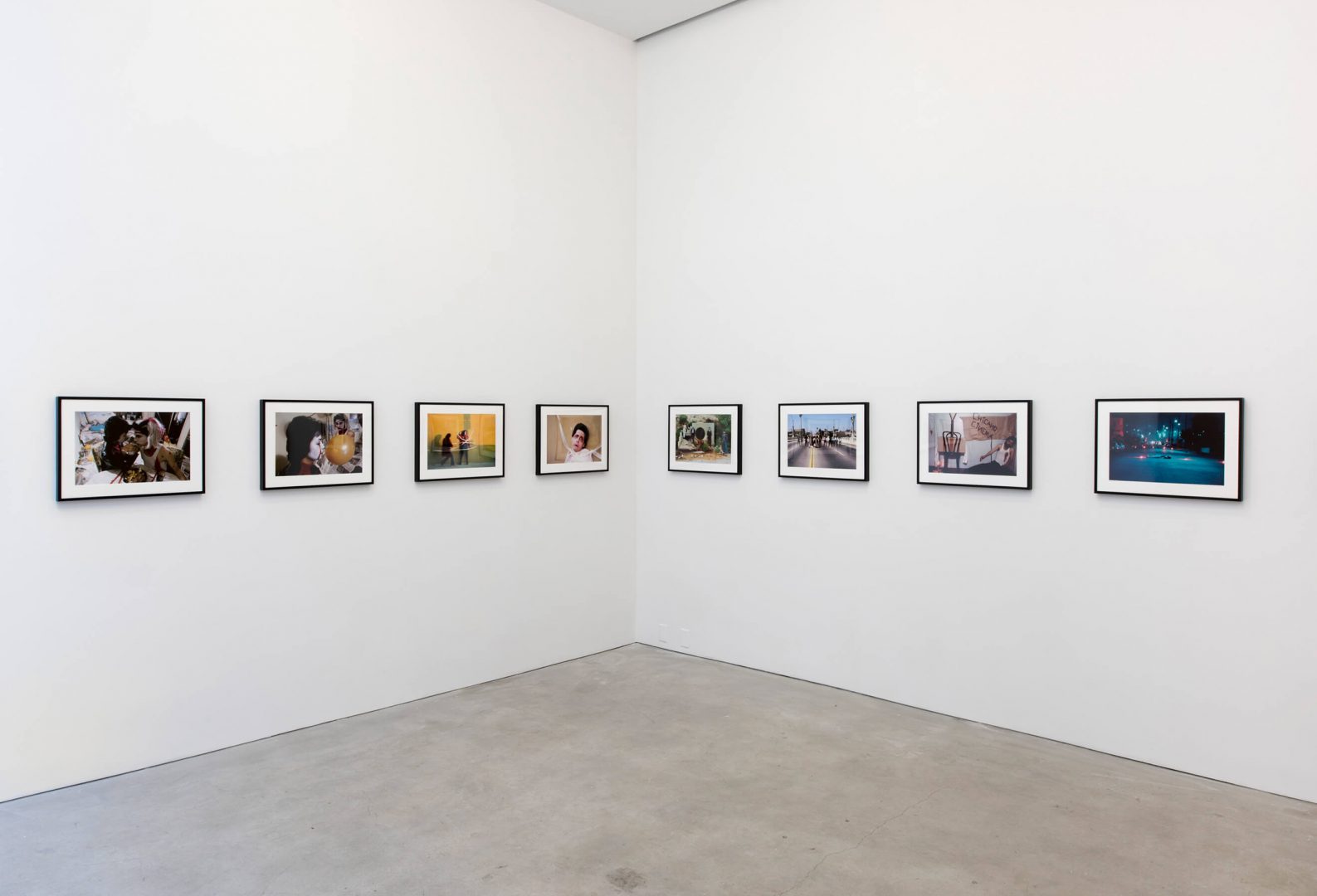
Installation View.
-
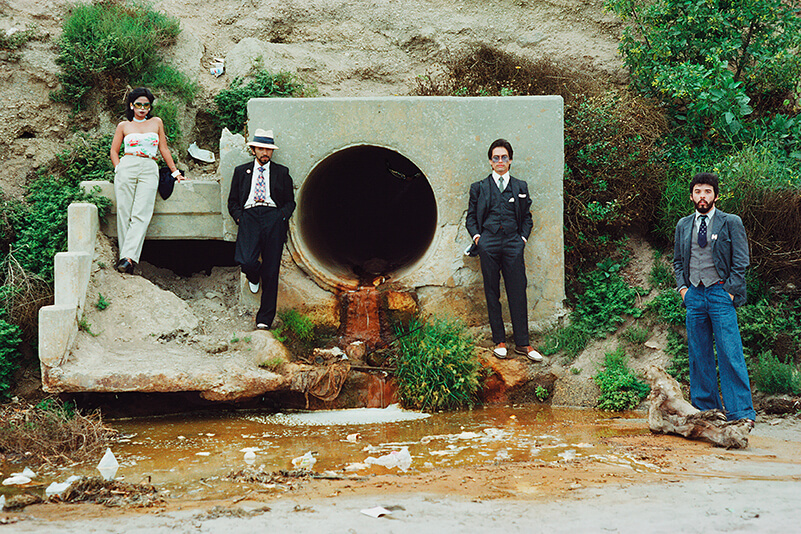
Asshole Mural, 1974, chromogenic print, edition of 10, 16 x 20 in.
-
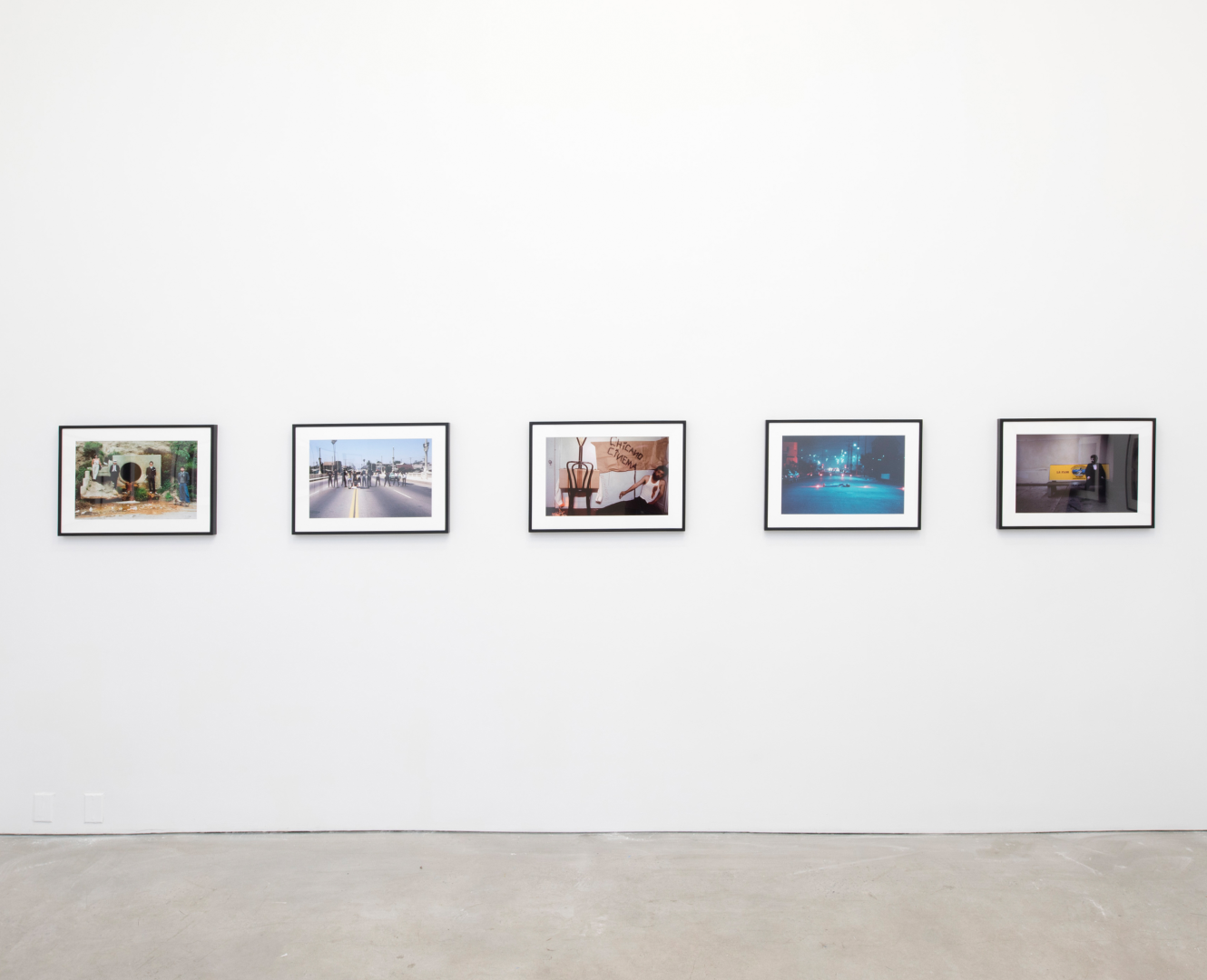
Installation View.